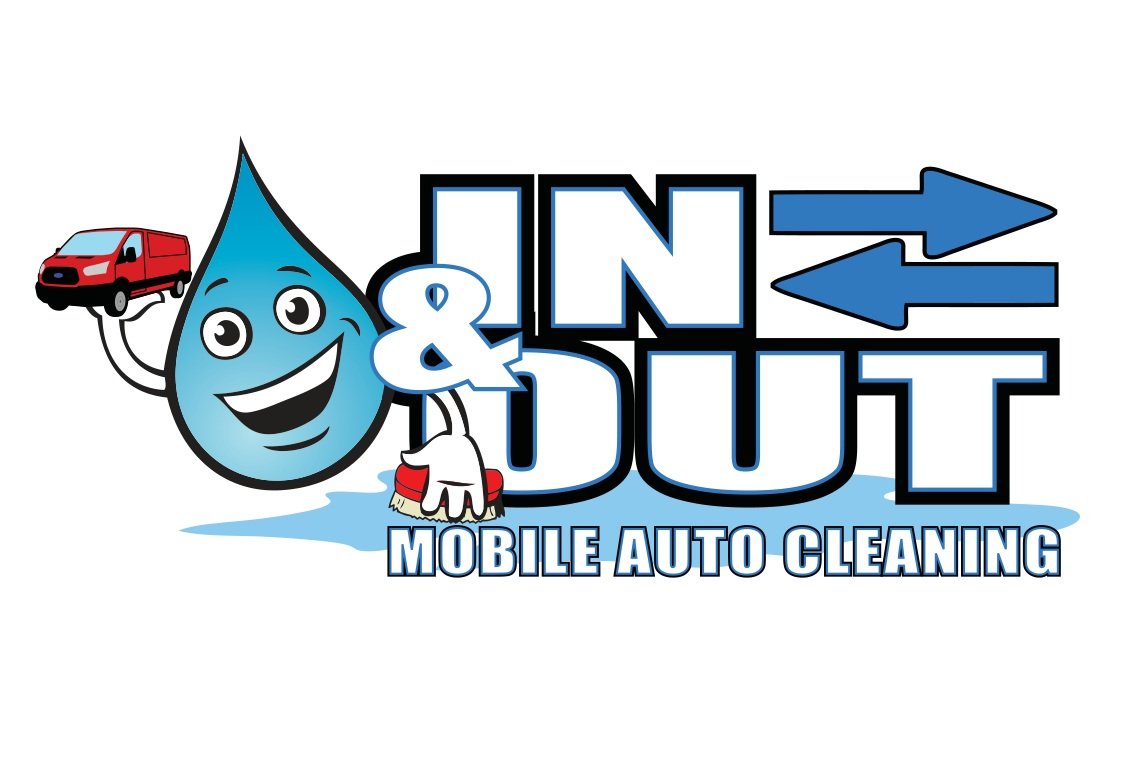Ceramic Coating vs. Paint Protection Film: Which is the Ultimate Car Defender?
Introduction
When it comes to protecting your beloved car from the elements, scratches, and damage, you want nothing but the best. Two popular options that car enthusiasts often consider are ceramic coating and paint protection film. Both these methods offer excellent protection, but they have distinct differences. In this article, we will delve into the world of automotive protection and explore the ultimate car defender: Ceramic Coating vs. Paint Protection Film. By the end, you'll have a clear understanding of the strengths and weaknesses of each, allowing you to make an informed decision for your precious vehicle.
Ceramic Coating: A Shield for Your Car's Paintwork
Ceramic coating has gained immense popularity in recent years, and for good reason. It offers a robust layer of protection for your car's paintwork, acting as a shield against various contaminants, UV rays, and minor scratches. Here, we will dive into the details of ceramic coating and understand why it is a preferred choice for many car enthusiasts.
What is Ceramic Coating?
Ceramic coating is a liquid polymer that chemically bonds with the vehicle's paint, forming a protective layer. This clear coating provides long-lasting protection, enhancing the car's gloss and shine while repelling dirt, water, and other harmful substances.
Advantages of Ceramic Coating
Enhanced Gloss and Shine: One of the major advantages of ceramic coating is the incredible shine it imparts to your vehicle. The hydrophobic properties of the coating ensure that water beads up and rolls off the surface, leaving a stunning, glossy finish.
Protection against UV Damage: Prolonged exposure to sunlight can cause significant damage to your car's paintwork. Ceramic coating provides a protective barrier against harmful UV rays, preventing color fading and oxidation.
Easy Maintenance: Ceramic coating makes routine car maintenance a breeze. Its self-cleaning properties repel dirt and grime, reducing the need for frequent washing. Additionally, it minimizes the chances of water spots and stains.
Chemical Resistance: The chemical resistance of ceramic coating helps protect your car's paint from damage caused by acidic contaminants, bird droppings, tree sap, and other harmful substances.
Paint Protection Film: Armor for Your Car's Exterior
While ceramic coating offers an excellent level of protection, paint protection film (PPF) takes it up a notch. This durable film acts as armor for your car's exterior, shielding it from a wide range of potential hazards. Let's delve deeper into the world of paint protection film and discover why it's a popular choice among car enthusiasts.
What is Paint Protection Film?
Paint protection film, also known as clear bra or PPF, is a transparent, self-healing film that is applied to the vehicle's paintwork. This film offers a physical barrier against scratches, stone chips, insect splatters, and other forms of damage, preserving the original condition of the paint.
Advantages of Paint Protection Film
Superior Protection: Paint protection film provides unparalleled protection against various hazards, including rock chips, road debris, and minor scratches. Its self-healing properties allow the film to repair minor scratches automatically, keeping your car looking flawless.
Optically Clear: Unlike some other protective coatings, paint protection film is optically clear. This means it doesn't alter the appearance of your car's paint, allowing the original color and finish to shine through.
Longevity: Paint protection film is designed to withstand the test of time. It is highly durable and can last for several years, ensuring your car remains protected throughout its lifespan.
Resistant to Stains and Discoloration: The film's resistance to stains and discoloration ensures that your car's paintwork remains vibrant and unaffected by environmental factors.
Ceramic Coating vs. Paint Protection Film: Which is Right for You?
Now that we've explored the individual benefits of ceramic coating and paint protection film, it's time to weigh the pros and cons and determine which option suits your needs best. Let's compare these two popular methods of car protection side by side.
Frequently Asked Questions
Q: How long does ceramic coating last?
A: The longevity of ceramic coating depends on various factors such as the quality of the coating, maintenance, and environmental conditions. Typically, a well-maintained ceramic coating can last anywhere between 2 to 5 years.
Q: Can I apply ceramic coating myself?
A: While DIY ceramic coating kits are available, it is highly recommended to seek professional application. Professional installers have the expertise and equipment to ensure a flawless application and maximize the benefits of ceramic coating.
Q: Does paint protection film hinder visibility?
A: No, paint protection film is designed to be optically clear. It does not hinder visibility or alter the appearance of your car's paintwork.
Q: Can paint protection film be removed?
A: Yes, paint protection film can be safely removed without damaging the vehicle's paintwork. However, it is advisable to seek professional assistance for its removal to ensure a clean and residue-free surface.
Q: Can paint protection film be applied to any part of the car?
A: Paint protection film can be applied to various parts of the car, including the hood, bumper, fenders, and mirrors. It provides comprehensive protection to the areas most prone to damage.
Q: Can I wash my car as usual with paint protection film?
A: Yes, you can wash your car as usual with paint protection film. However, it is recommended to use gentle cleaning methods and avoid aggressive scrubbing to prolong the life of the film.
Conclusion
In the battle of Ceramic Coating vs. Paint Protection Film, there is no definitive winner. Both options provide exceptional protection for your car's exterior, albeit in different ways. Ceramic coating enhances gloss, offers chemical resistance, and shields against UV damage, while paint protection film excels in providing superior physical protection against scratches and rock chips. Ultimately, the choice between these two methods comes down to personal preference, budget, and the level of protection desired. Whichever option you choose, rest assured that your car will have a formidable defense against the elements, ensuring its beauty lasts for years to come.

